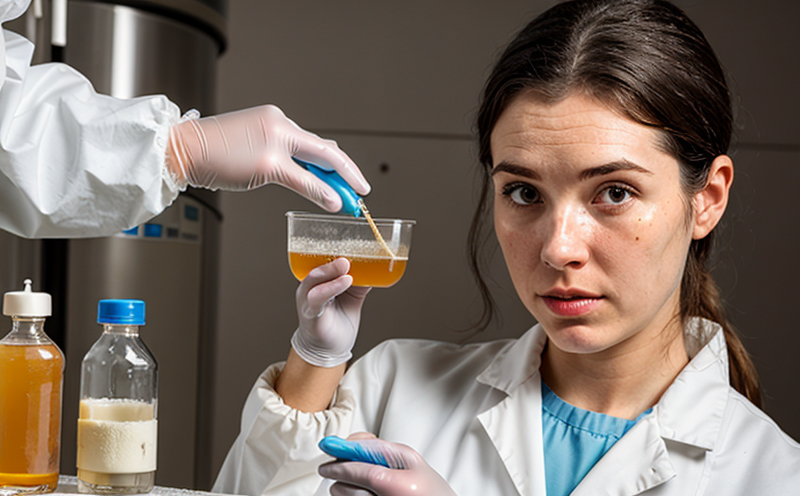ISO 16000-14 Quantification of Fungi in Indoor Environments
The ISO 16000-14 standard provides a method for the quantification of fungi in indoor environments. This service is essential for ensuring that indoor spaces are safe and healthy, particularly in residential buildings, commercial offices, schools, hospitals, and other public spaces.
Indoor air quality (IAQ) is increasingly recognized as an important factor affecting health and productivity. Fungi, including mold and yeast, can grow indoors under certain conditions, leading to potential health risks for occupants. Quantifying these fungi allows for better management of indoor environments by identifying problem areas early on.
The ISO 16000-14 procedure involves collecting air samples using a specific sampling device designed to capture airborne fungal spores and fragments over a defined period. The collected sample is then analyzed in the laboratory to determine the concentration of various types of fungi present.
The standard specifies several key aspects:
- Sampling devices
- Sample collection methods
- Transport and storage conditions for samples
- Laboratory analysis techniques
The analytical process typically involves the use of culture-based methods or molecular detection technologies. Culture-based methods involve growing fungal colonies on agar plates, while molecular techniques like quantitative PCR (qPCR) provide a more rapid and sensitive way to identify and quantify fungi.
Once the analysis is complete, results are reported in terms of colony-forming units per cubic meter (cfu/m³). These results can help facility managers and environmental health professionals make informed decisions about necessary actions to improve IAQ.
Why It Matters
Indoor air quality significantly influences the well-being of occupants, impacting both health and productivity. Poor indoor air quality can lead to respiratory issues, allergies, asthma exacerbation, and other health problems.
Fungi in indoor environments are not only a concern for human health but also contribute to structural damage over time. Mold growth can degrade building materials such as wood, insulation, and paint, leading to costly repairs and replacements.
By quantifying fungi using the ISO 16000-14 method, facilities can proactively address potential issues before they escalate into larger problems. This approach helps maintain a safe and healthy environment for occupants while reducing maintenance costs associated with mold-related damage.
Why Choose This Test
- Accurate quantification of fungi in indoor environments
- Compliance with international standards (ISO 16000-14)
- Supports decision-making for IAQ management
- Provides actionable data on fungal concentrations
- Helps identify problem areas and prioritize remediation efforts
- Ensures regulatory compliance and protects building occupants' health
International Acceptance and Recognition
The ISO 16000-14 standard has gained widespread acceptance across many countries, making it a globally recognized method for quantifying fungi in indoor environments. This standard is widely used by regulatory bodies, environmental health professionals, and facility managers worldwide.
By adhering to this international standard, organizations can ensure consistency and reliability in their testing procedures, facilitating comparison of results across different regions and jurisdictions. The use of standardized methods also enhances the credibility and acceptance of findings when sharing data with stakeholders or regulatory authorities.





